Overview
Artisan knife making combines skill and artistry, producing unique knives that blend functionality and beauty. The history of this craft dates back thousands of years, with a modern resurgence driven by quality-conscious consumers and support for small businesses. Understanding different types of pocket knives, their features, and the meticulous crafting process is essential for enthusiasts. Investing in artisan knives not only provides high-quality tools but also supports a vibrant community and tradition of craftsmanship.
Frequently Asked Questions
1. What is artisan knife making?
2. What is the history of artisan knife making?
3. What types of pocket knives do artisan makers create?
4. How should I care for my artisan knife?
5. Why should I invest in artisan knives?
In the realm of craftsmanship, few sectors display such a rich tapestry of skill and artistry as that of artisan knife makers. These skilled artisans create unique instruments that not only serve practical purposes but also tell stories through their designs, materials, and techniques. From pocket knives to kitchen knives, the world of artisan knife making is a fascinating journey that warrants exploration.
The History of Artisan Knife Making
The tradition of knife making dates back thousands of years. Early humans fashioned rudimentary blades out of stones and bones for hunting and survival. As civilizations evolved, the craftsmanship of knife making grew increasingly sophisticated. Artisan knife makers emerged, honing their techniques and developing a deep understanding of metallurgy, design, and ergonomics.
European countries, particularly in the Middle Ages, became famous for their artisan-made swords and knives. The reputation of these craftspeople spread, and soon, regions around the world began to adopt and adapt these techniques. Today, we see a revitalization of interest in artisan knives as individuals seek high-quality, handmade tools that showcase the beauty of craftsmanship.
The Rise of Modern Artisan Knife Makers
In recent years, the world has witnessed a resurgence of interest in artisan knife making. This revitalization can be attributed to several factors:
- Quality Conscious Consumers: Modern consumers place high importance on quality over quantity. Artisan knife makers pride themselves on producing knives that last a lifetime, often using superior materials and time-tested techniques.
- Personal Connection: In an age where factory-made products dominate, many people are drawn to the story behind each artisan knife. Knowing that a skilled craftsman invested hours of dedication into creating their knife builds a personal connection.
- Support for Small Businesses: Craftspeople rely on local economies and their communities. Buying from artisan knife makers supports their dreams and the economy.
Understanding Pocket Knives
Among the various types of knives that artisan makers create, pocket knives hold a special place. Offering a blend of functionality, portability, and style, pocket knives have long been cherished by outdoor enthusiasts, collectors, and everyday users alike. Understanding pocket knives involves delving into their various features, types, and uses.
Types of Pocket Knives
- Folding Pocket Knives: These classic pocket knives feature blades that fold into the handle, making them easily portable and safe for everyday carry.
- Multi-tools: A multi-tool pocket knife packs multiple functions into one device, combining features like screwdrivers, can openers, and scissors, making them indispensable for outdoor adventures.
- Custom Blades: Many artisan knife makers produce unique, custom pocket knives tailored to individual preferences in material, shape, and blade design.
Key Features to Consider
When choosing a pocket knife, consider the following:
- Blade Material: High-quality stainless steel or carbon steel ensures durability and edge retention.
- Handle Material: Materials like wood, Micarta, G10, or titanium can add beauty and grip to the design.
- Locking Mechanism: A reliable locking mechanism enhances safety during use.
The Art of Knife Making
Crafting a high-quality knife is a meticulous process that requires knowledge, skill, and passionate dedication. Entering the world of artisan knife making reveals an array of techniques, each contributing to the final product’s beauty and durability.
Steel Selection and Treatment
The first step in knife making involves selecting the right steel. Knife makers must choose between carbon steel and stainless steel based on their intended use. Carbon steel is preferred for its edge retention and ease of sharpening, while stainless steel offers rust resistance and durability. The choice depends on the purpose of the knife and the maker’s style.
After selecting the steel, artisans perform heat treatment to harden the blade. This process involves heating the blade to a high temperature and then cooling it quickly to enhance its strength and performance.
Forging Vs. Stock Removal
Knife making techniques generally fall into two categories: forging and stock removal. Forging involves shaping the blade from a solid piece of steel, while stock removal entails cutting the blade shape out of a larger steel sheet. Each technique offers unique advantages, and many artisans use a combination of both methods to achieve their desired results.
Handle Design and Fabrication
Once the blade is complete, the handle takes center stage. The handle must not only complement the blade's aesthetic but also provide a comfortable grip for the user. Artisan knife makers often utilize various materials, including wood, synthetic composites, and metals, to create custom handles that match their clients' personal preferences.
The Appeal of Customized Artisan Knives
One of the most alluring aspects of artisan knives is the option for customization. The personal touch offered by artisan makers allows customers to have a blade that resonates with their unique style. Here are a few elements of customization:
- Blade Shape: Consumers can choose from a range of blade styles, including drop point, tanto, and spear point.
- Material Choices: From Damascus steel to different wood finishes, the material can be personalized to enhance the overall aesthetics.
- Engravings: Adding personalized engravings or logos creates a custom touch, making the knife truly one-of-a-kind.
Caring for Your Artisan Knife
Investing in an artisan knife is an investment in quality and utility. Proper care ensures the longevity of your knife. Consider these essential tips to keep your knife in the best shape possible:
- Regular Cleaning: After use, clean the blade with warm, soapy water, and dry it immediately to prevent rust.
- Oiling: Occasionally, apply a food-safe mineral oil to the blade and handle to maintain appearance and prevent corrosion.
- Sharpening: Regularly sharpen the blade using a whetstone or honing rod to maintain its edge.
The Community of Knife Makers and Enthusiasts
The artisan knife making community is vibrant and supportive. Many knife makers actively engage with fellow craftsmen and enthusiasts to share techniques, ideas, and inspiration. Workshops, events, and online forums provide a platform for artisans and fans to connect.
Becoming a part of this community opens doors to exclusive purchases, collaborations, and unique insights into the world of knife making. Furthermore, purchasing a knife from an artisan often includes a narrative about the maker’s journey, adding depth and character to your collection.
Why You Should Invest in Artisan Knives
In a world flooded with mass-produced items, investing in artisan knives not only supports small businesses but also elevates your everyday experiences. Artisan knives represent quality, craftsmanship, and individuality, providing a stark contrast to their factory-made counterparts.
For those who appreciate the balance of art and utility, owning a handcrafted pocket knife is a statement about values. It speaks to a reverence for tradition, an appreciation for craftsmanship, and a commitment to sustainability.
A Lasting Legacy
Artisan knife makers are continuing a time-honored tradition, forging connections between quality, culture, and functionality. As we explore this intricate world, we appreciate the knowledge and skill that go into creating every blade, especially pocket knives which combine aesthetics with everyday usability.
In an age where practicality meets artistry, becoming acquainted with artisan knife makers opens your eyes to a world where each creation is steeped in passion and dedication. Embrace the journey, support craftsmanship, and become a part of the artisan revolution. Your collection is not just a set of tools; it’s a legacy.


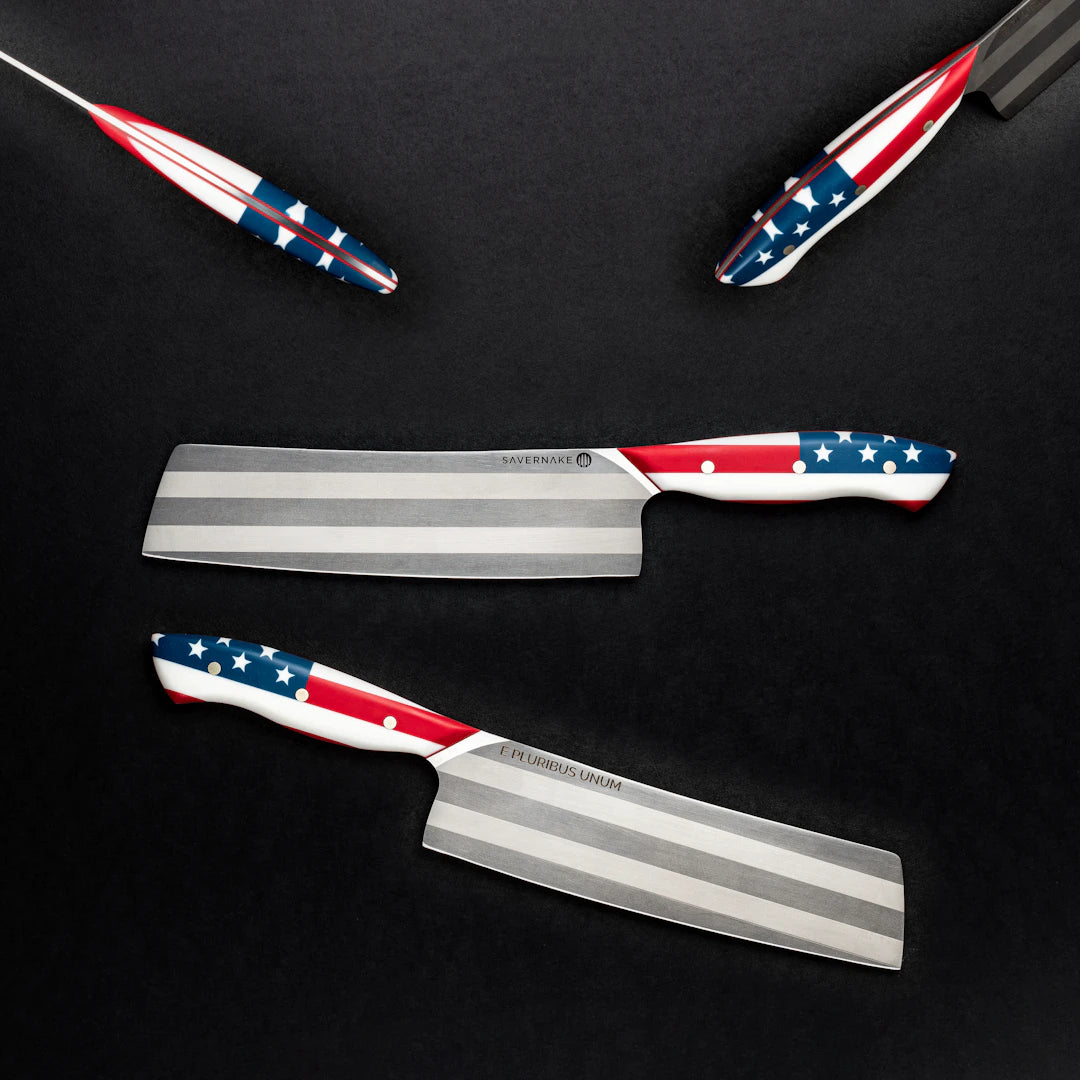



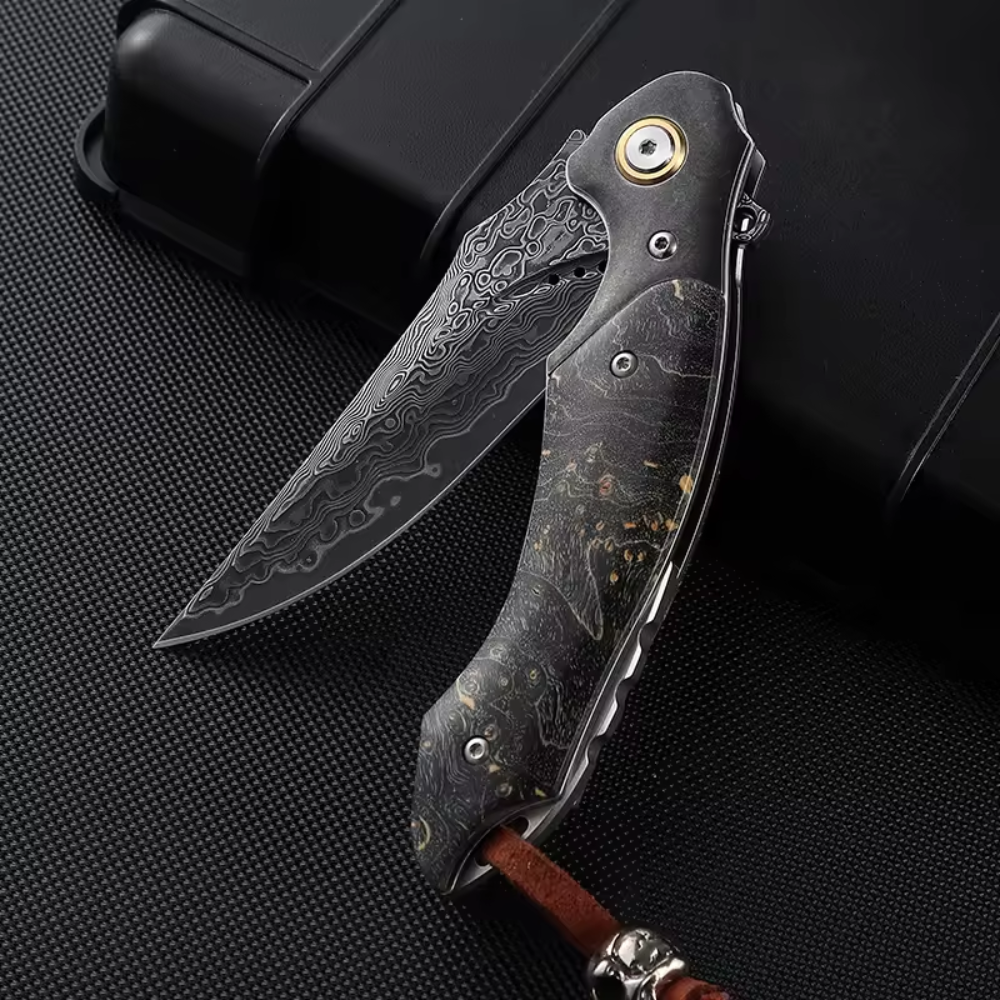
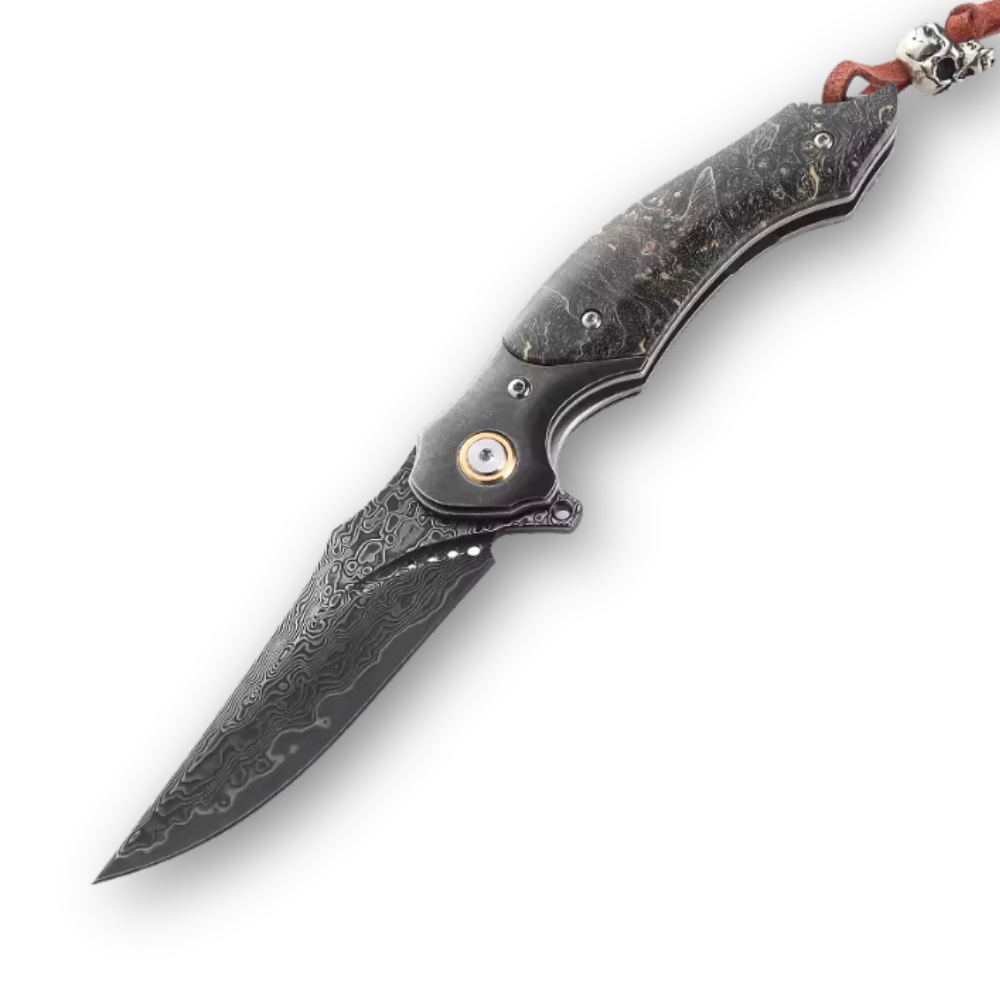
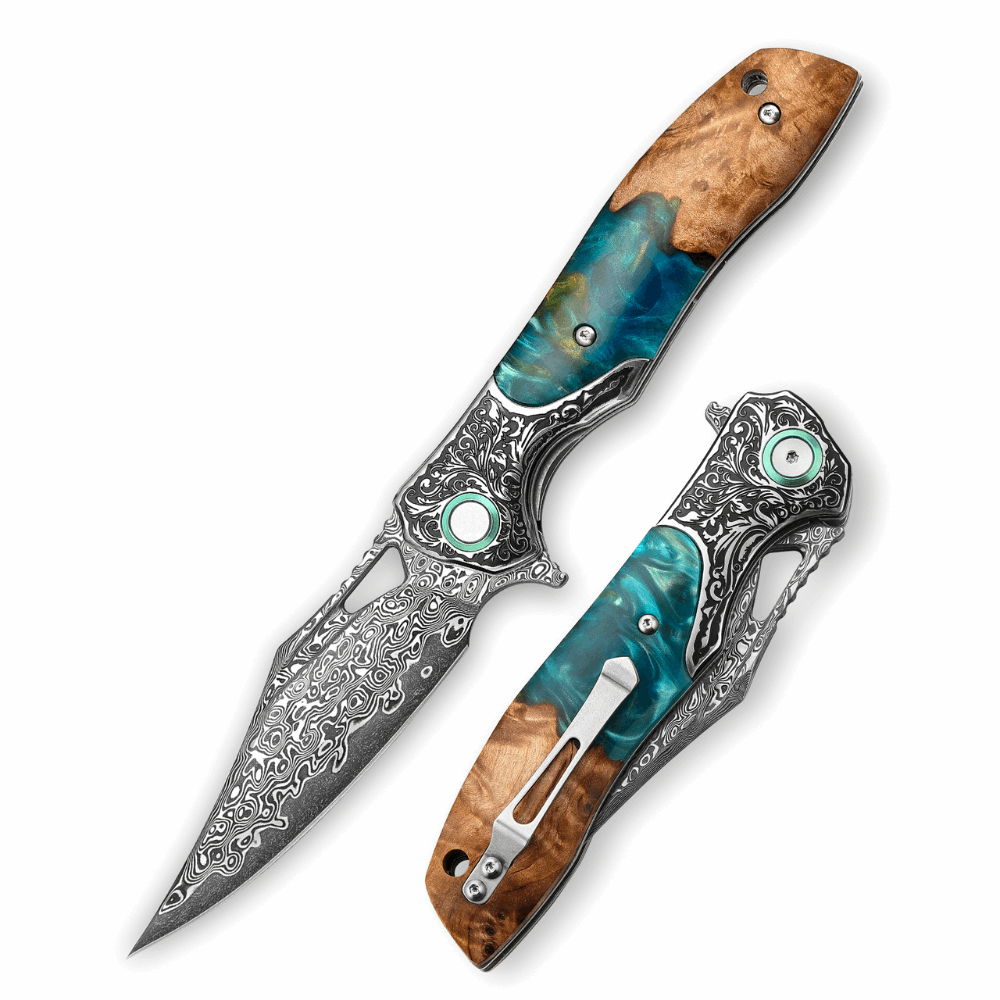
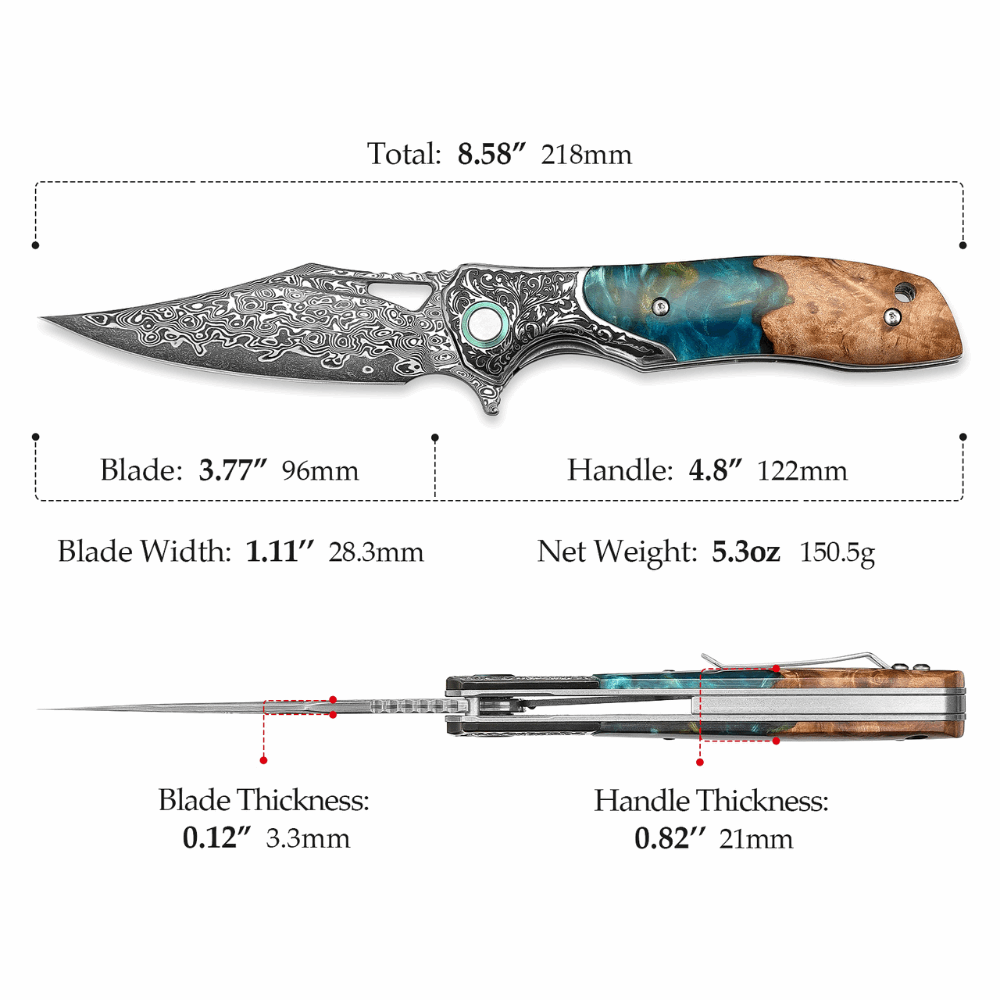
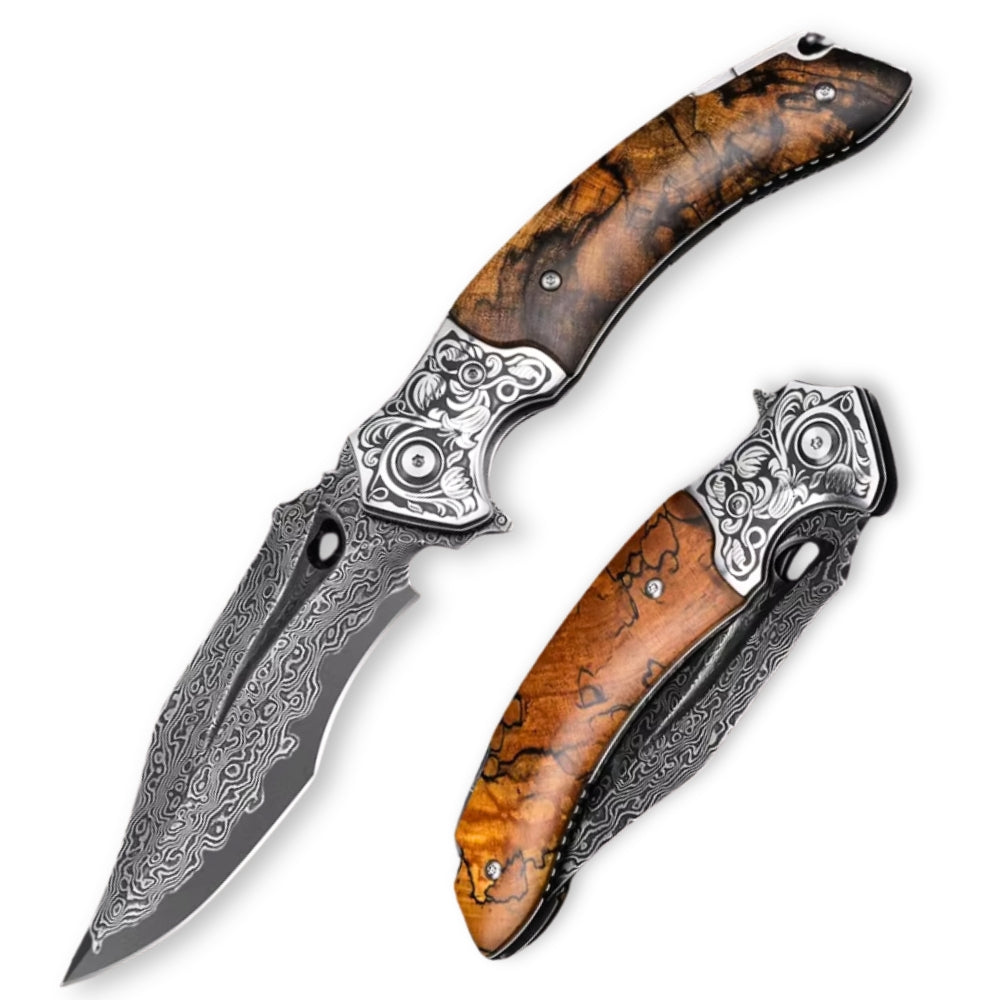
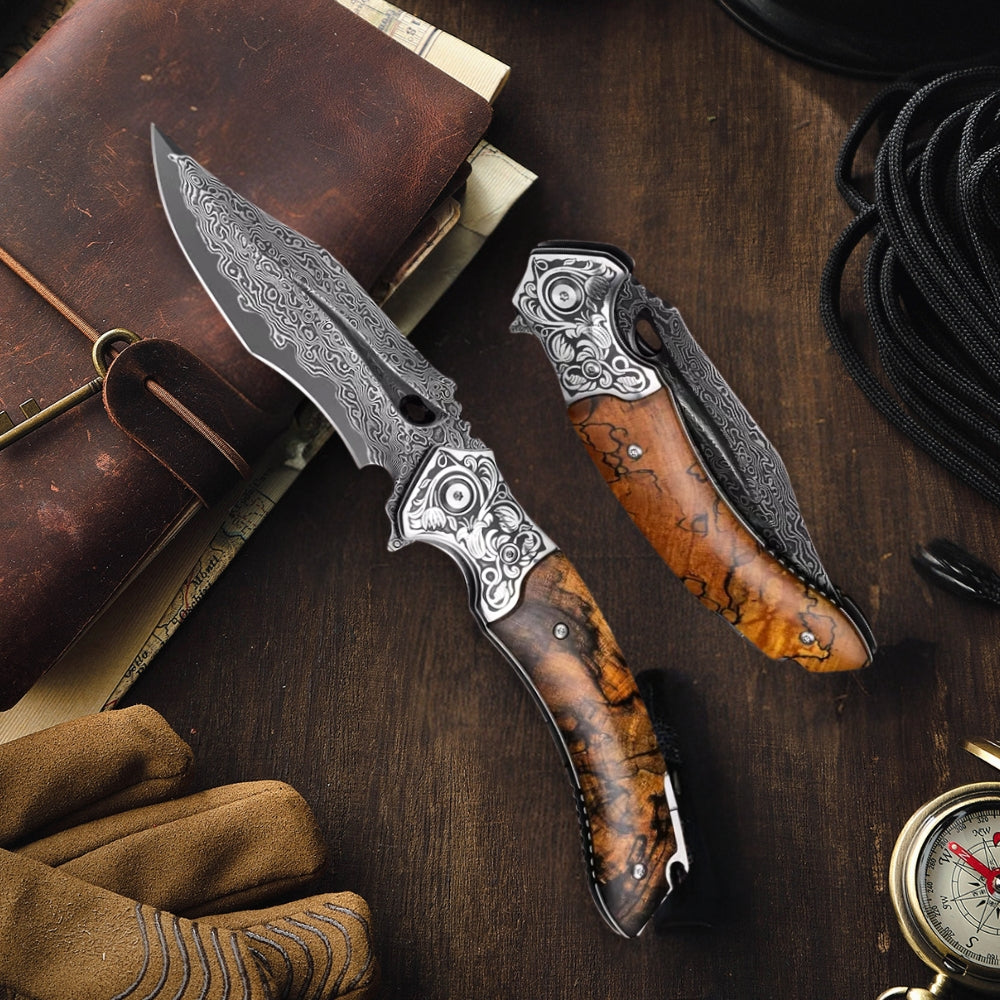
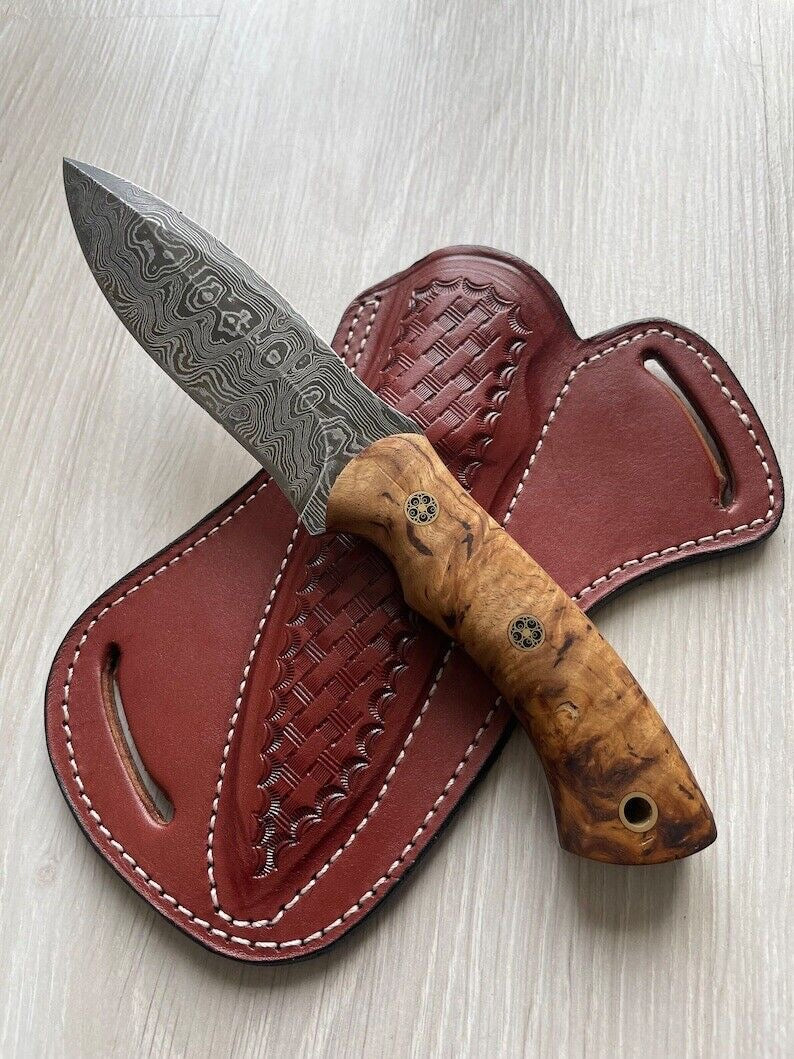
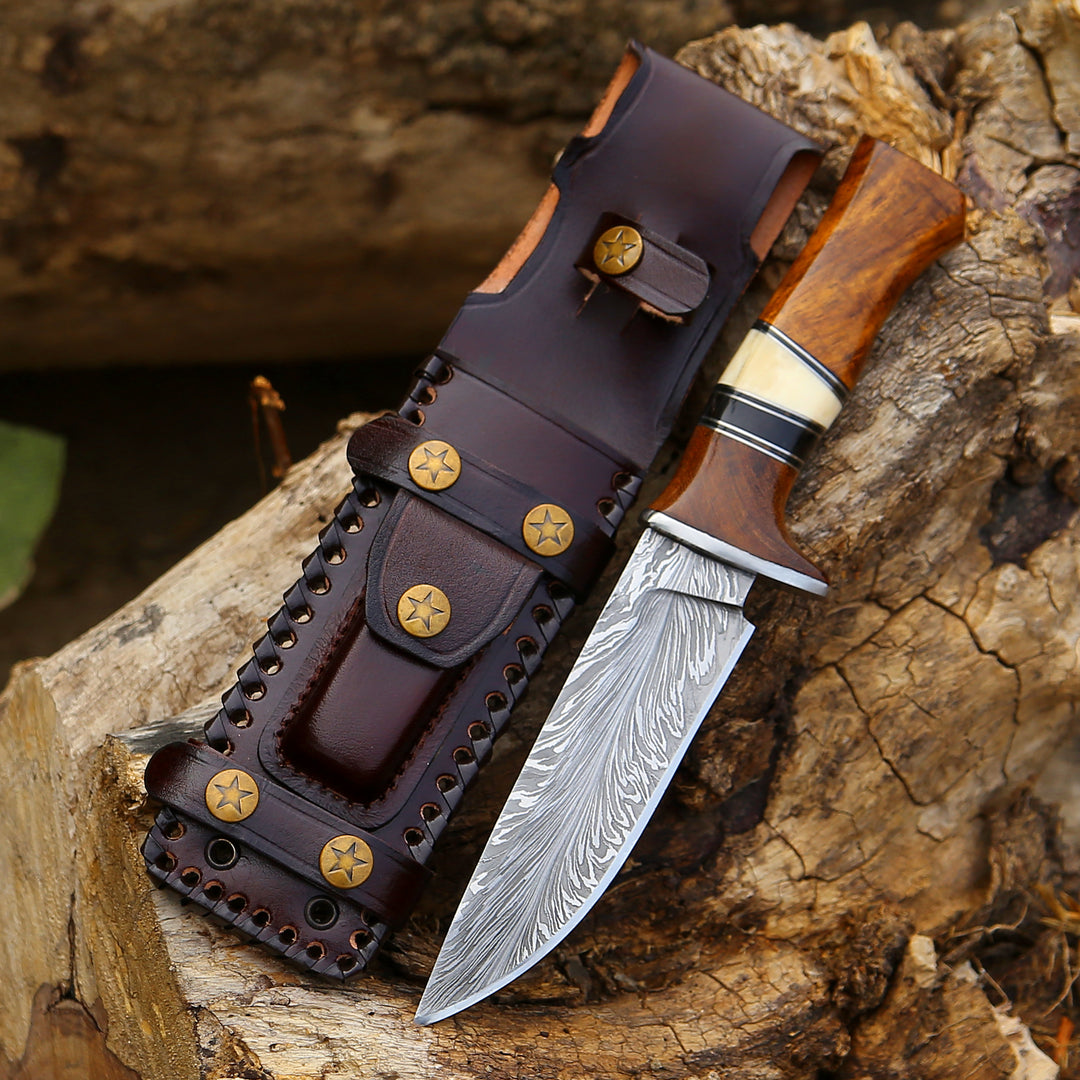
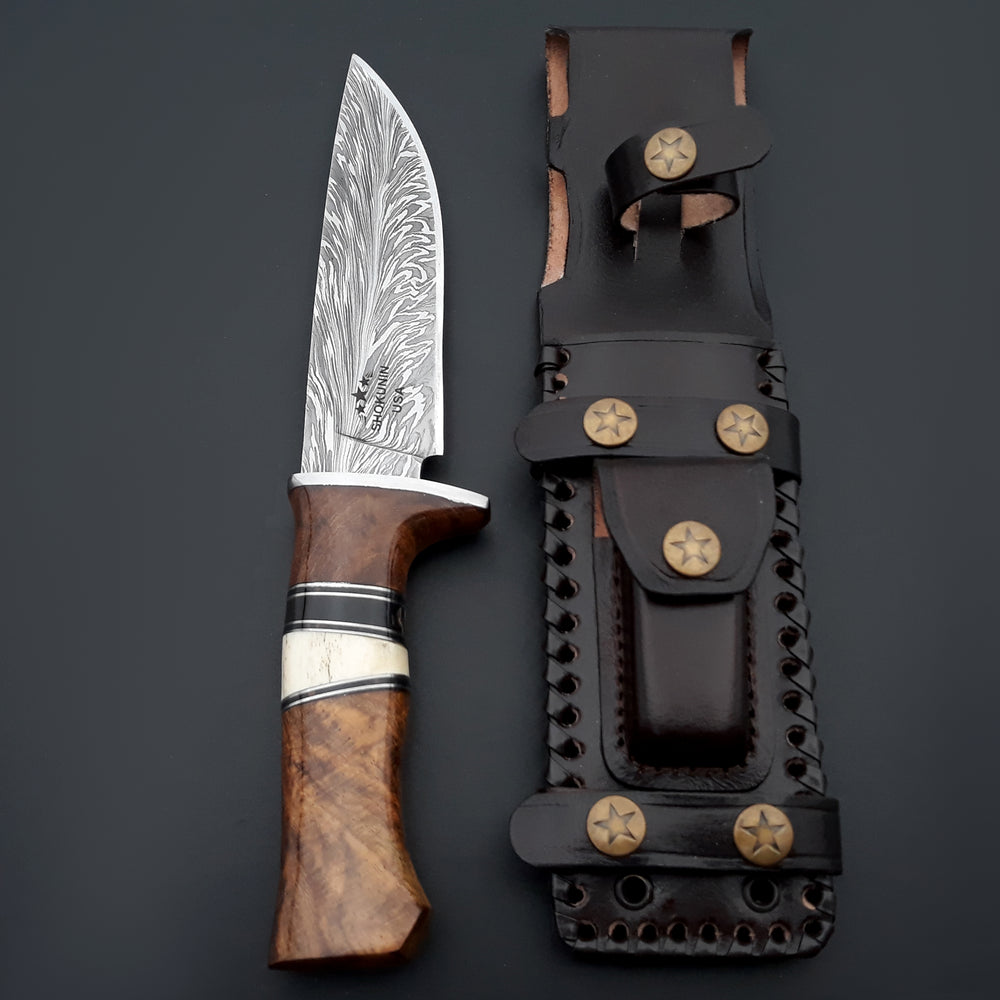
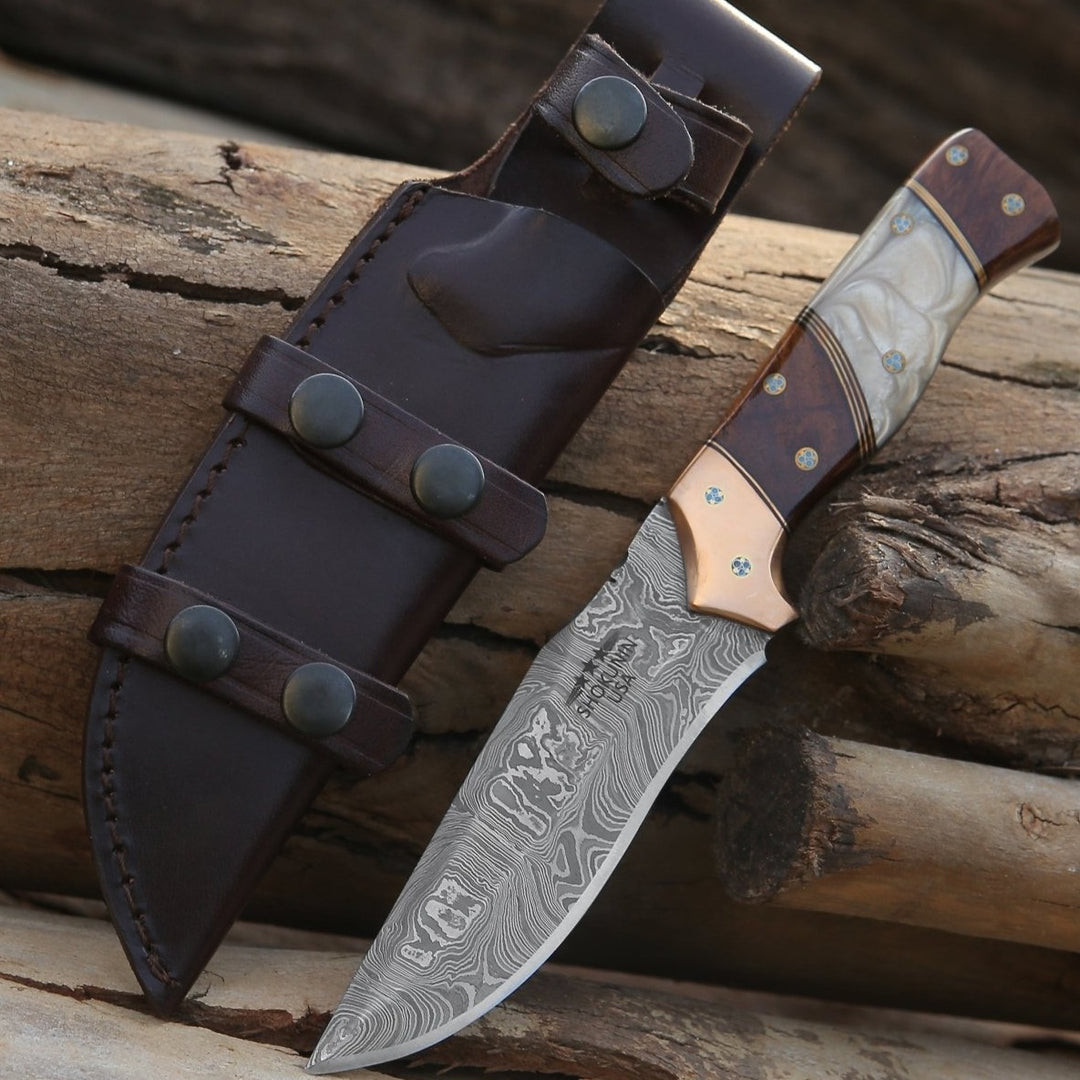
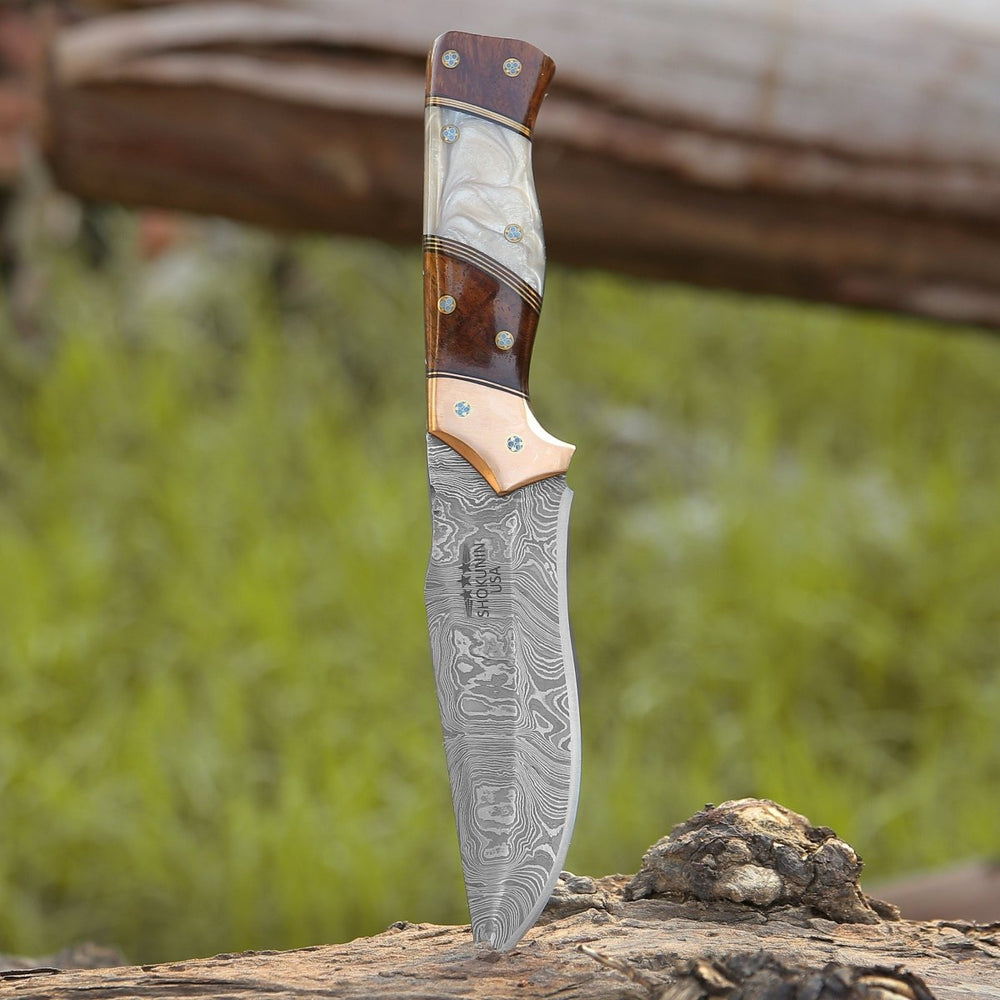
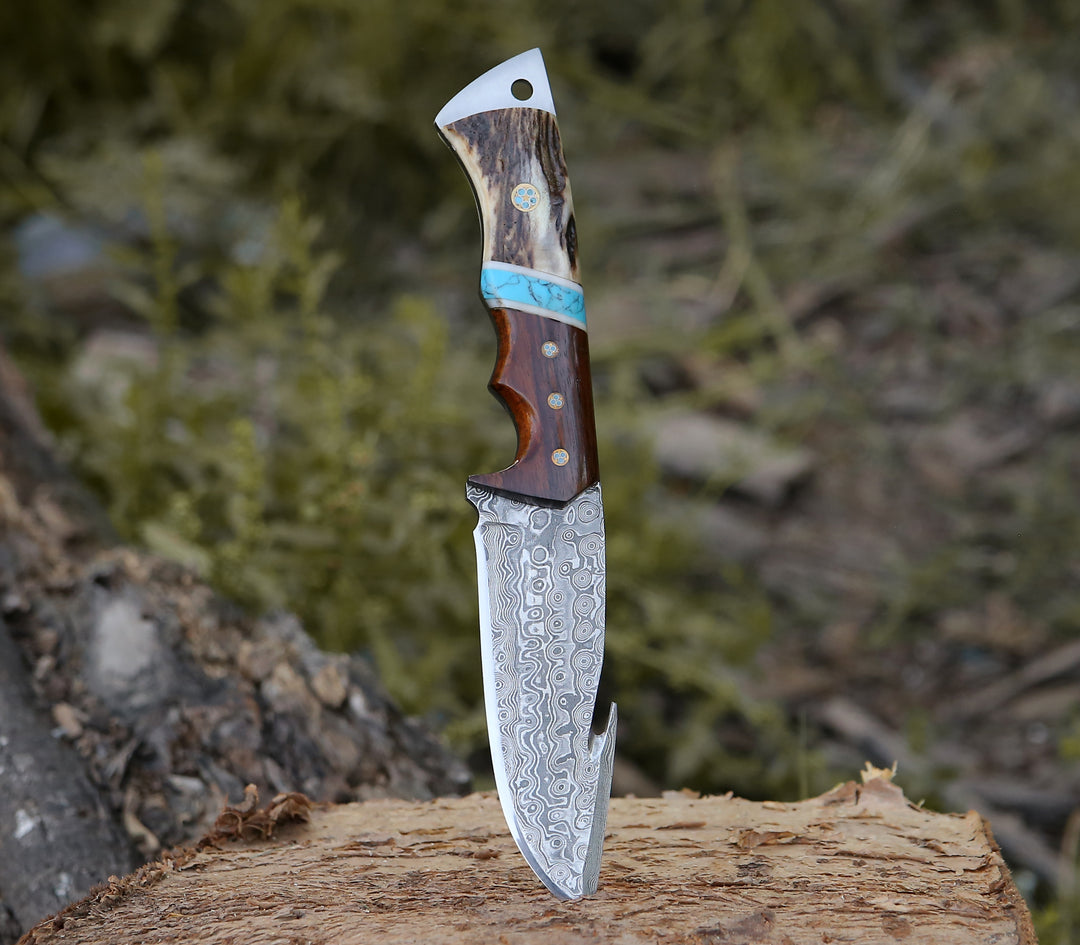
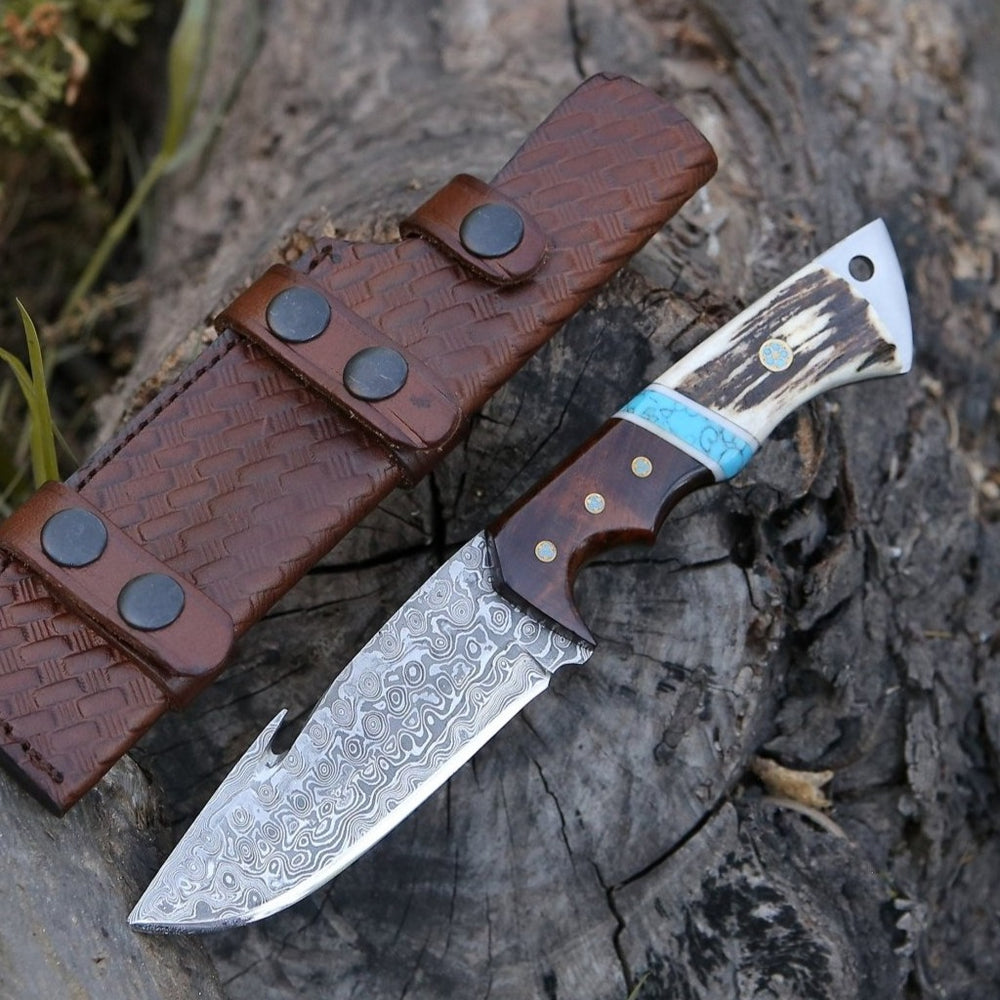
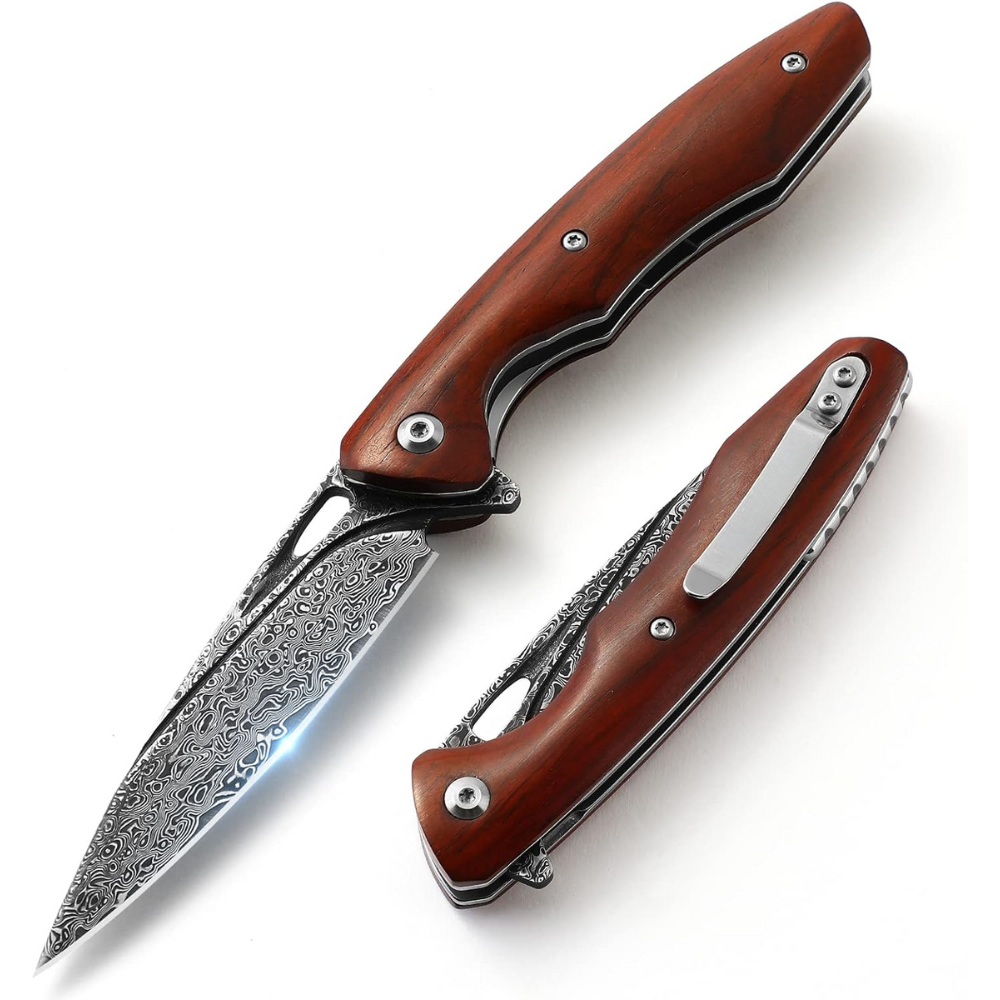
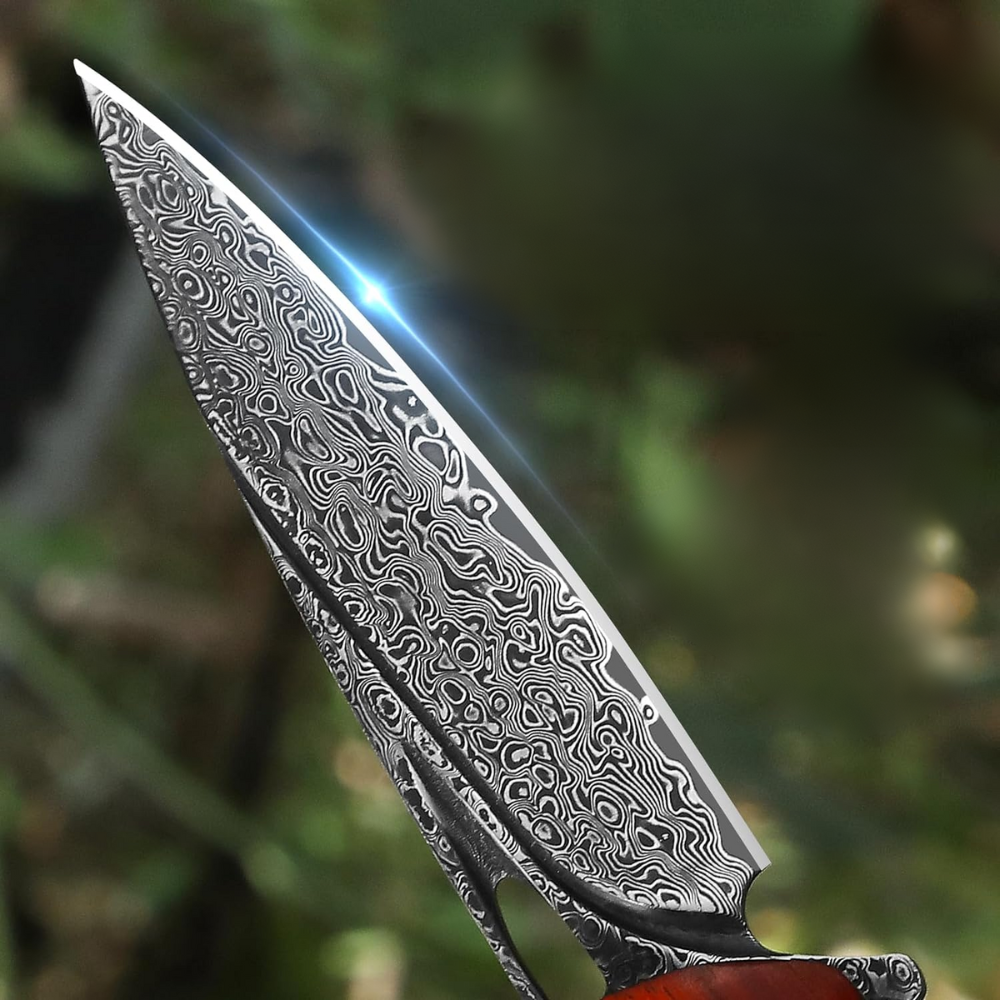
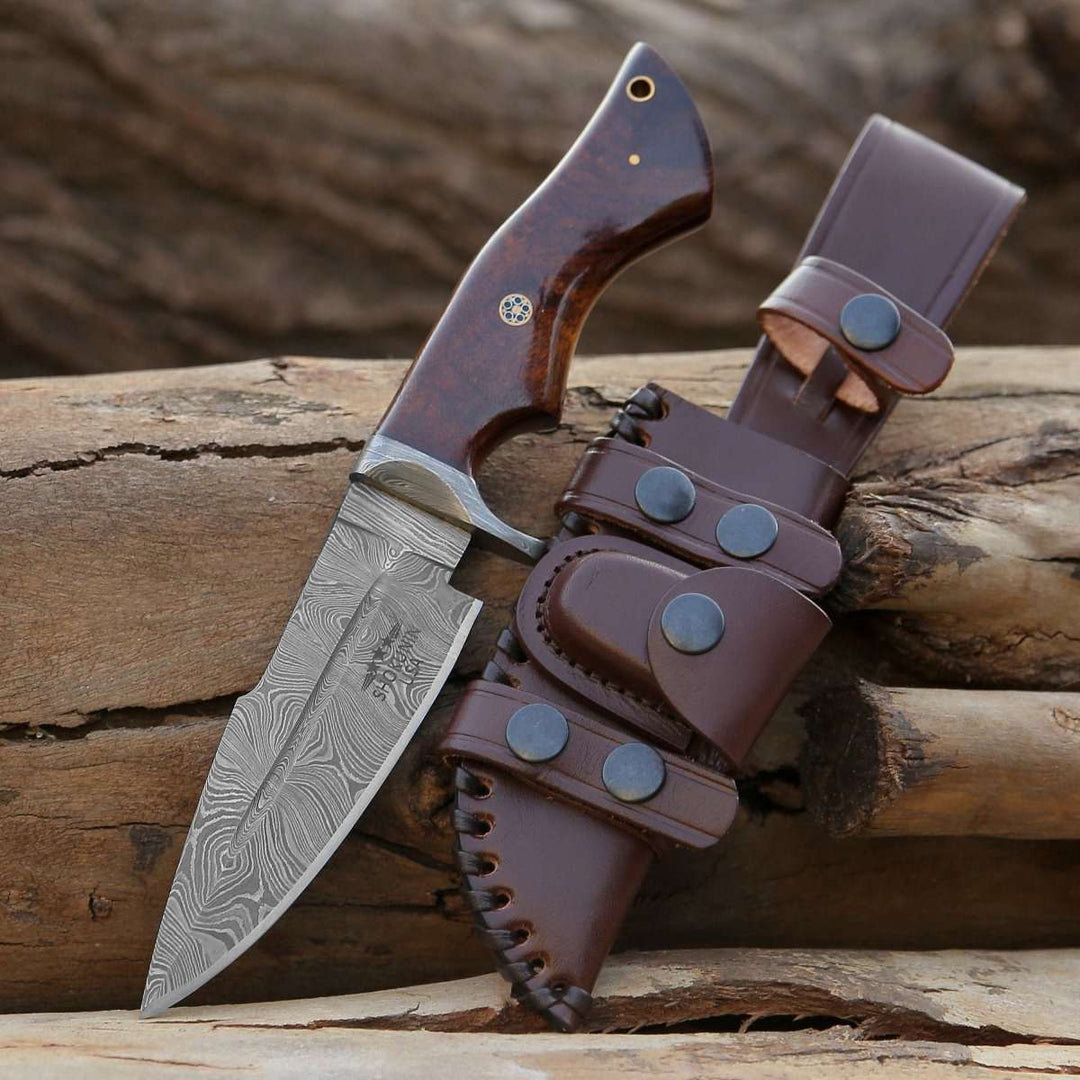
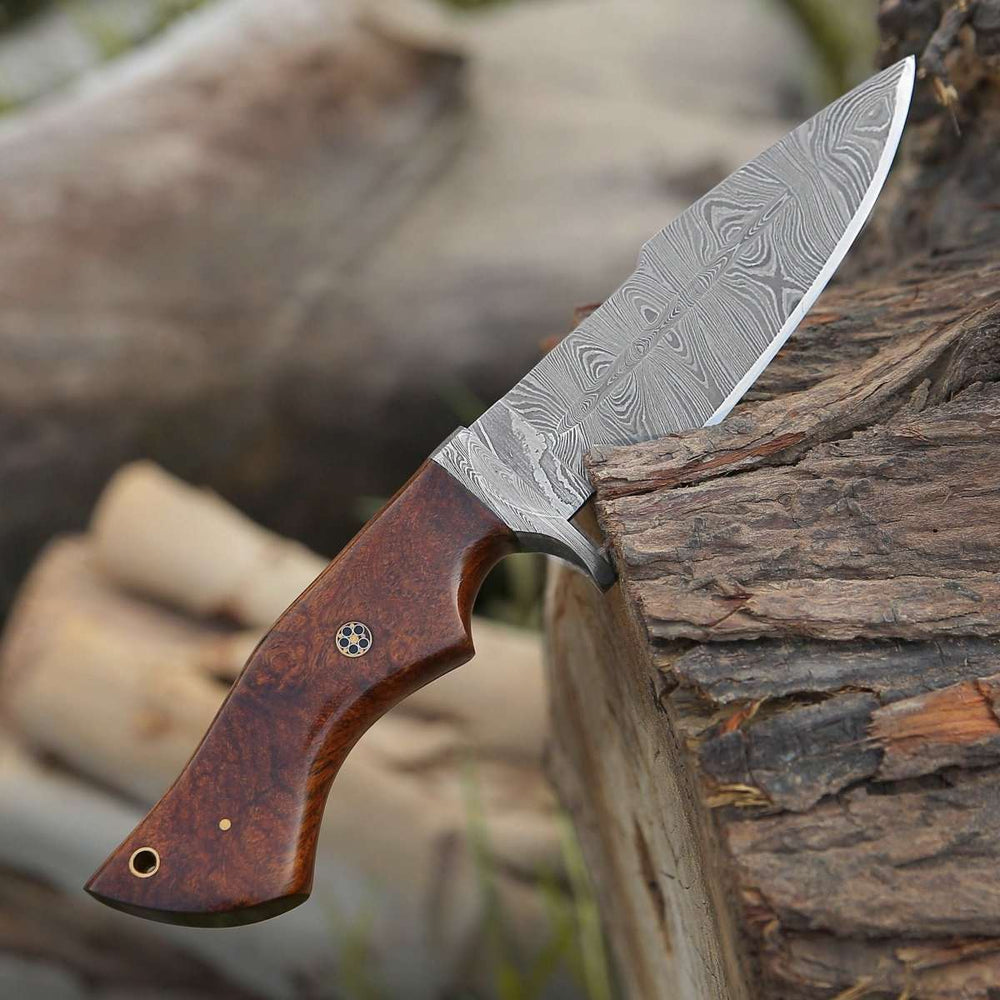
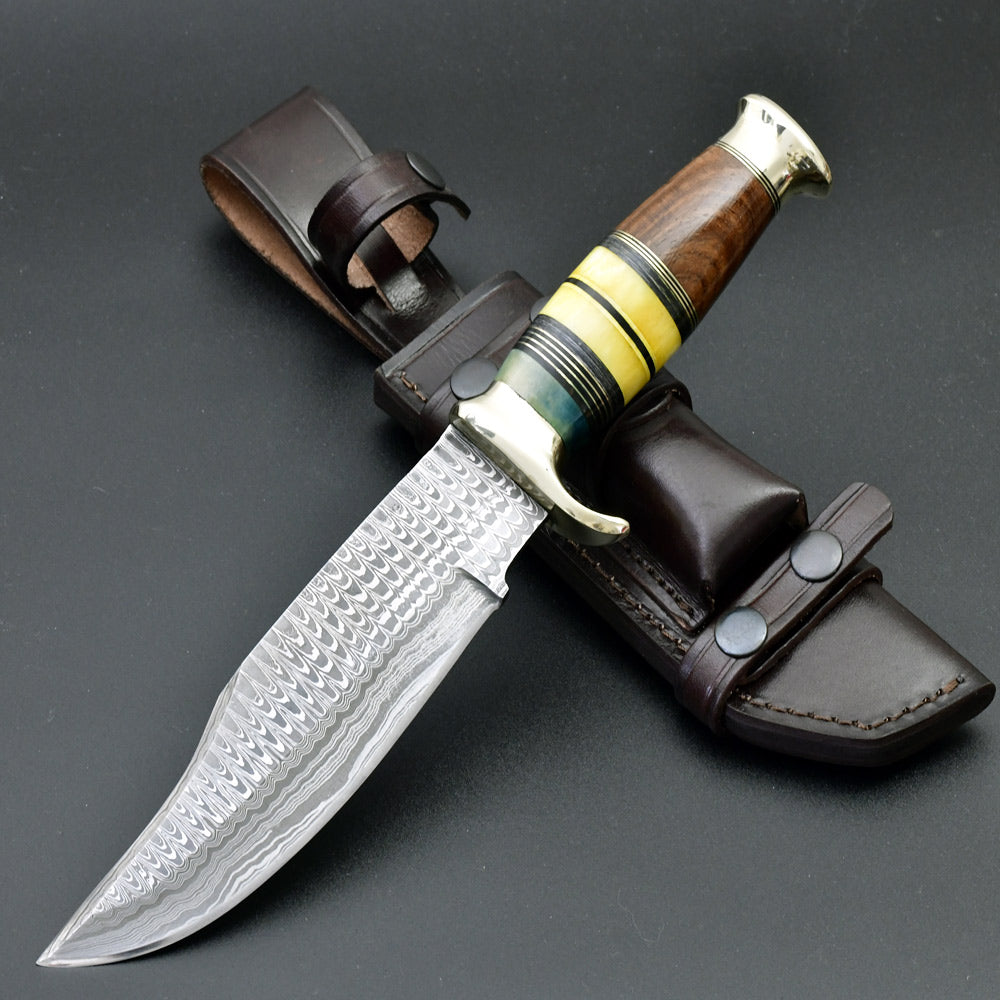
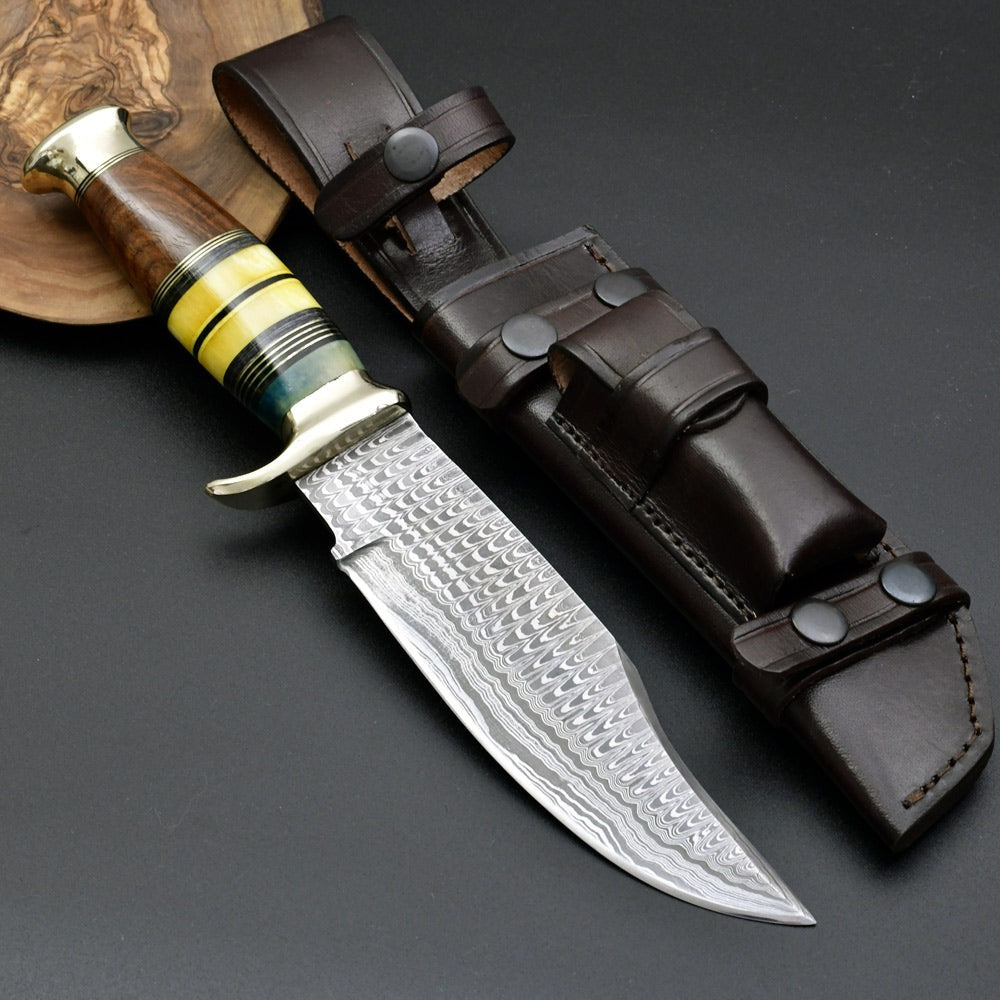
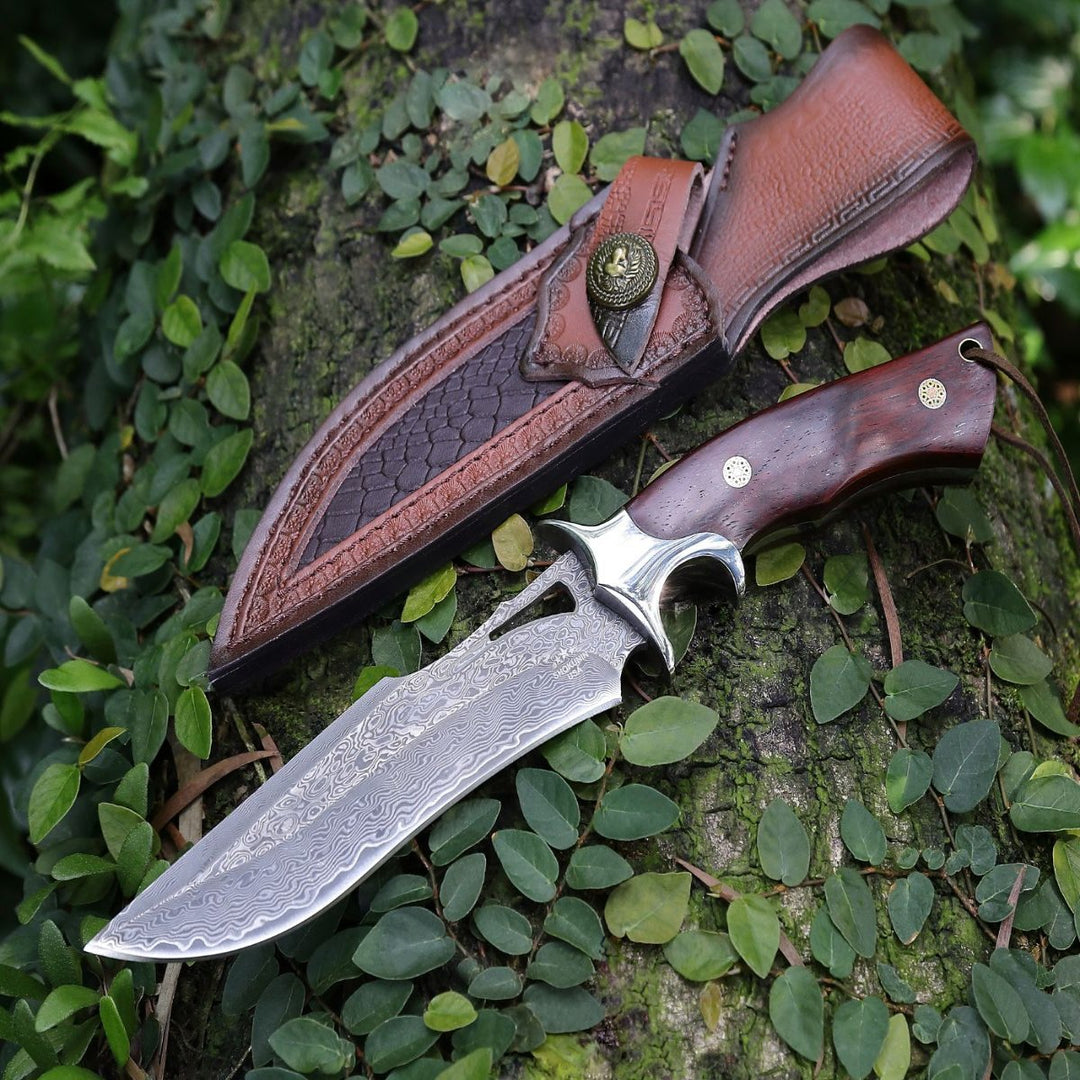
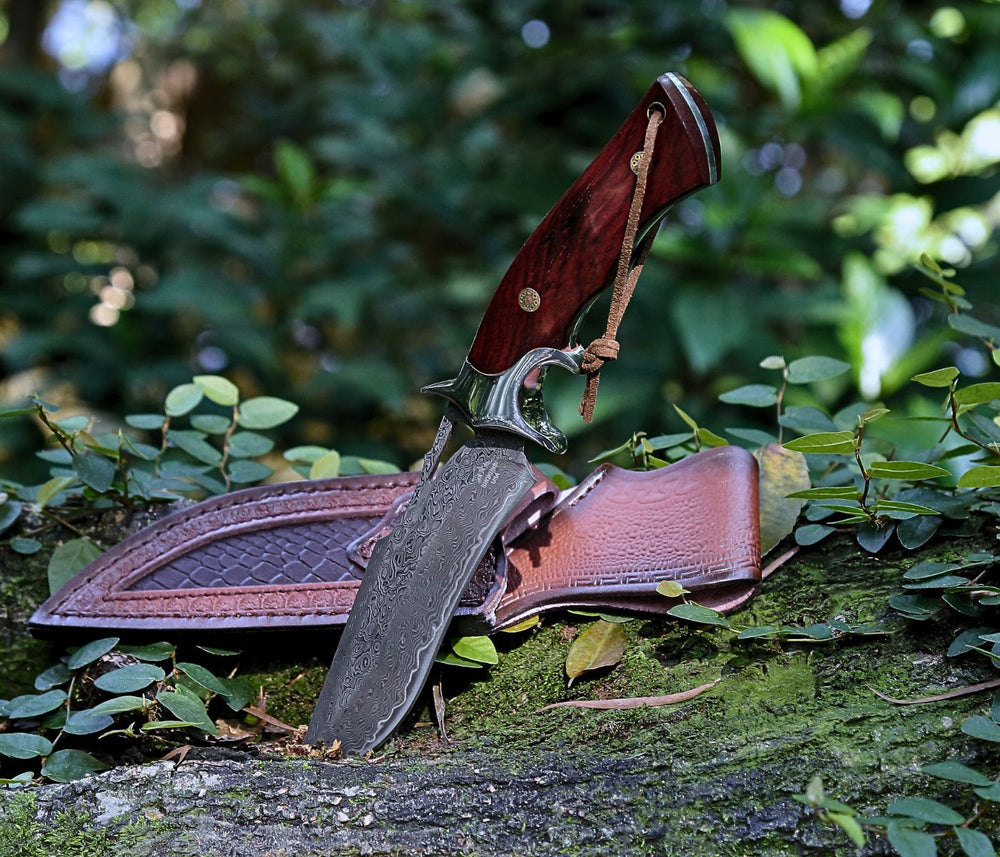
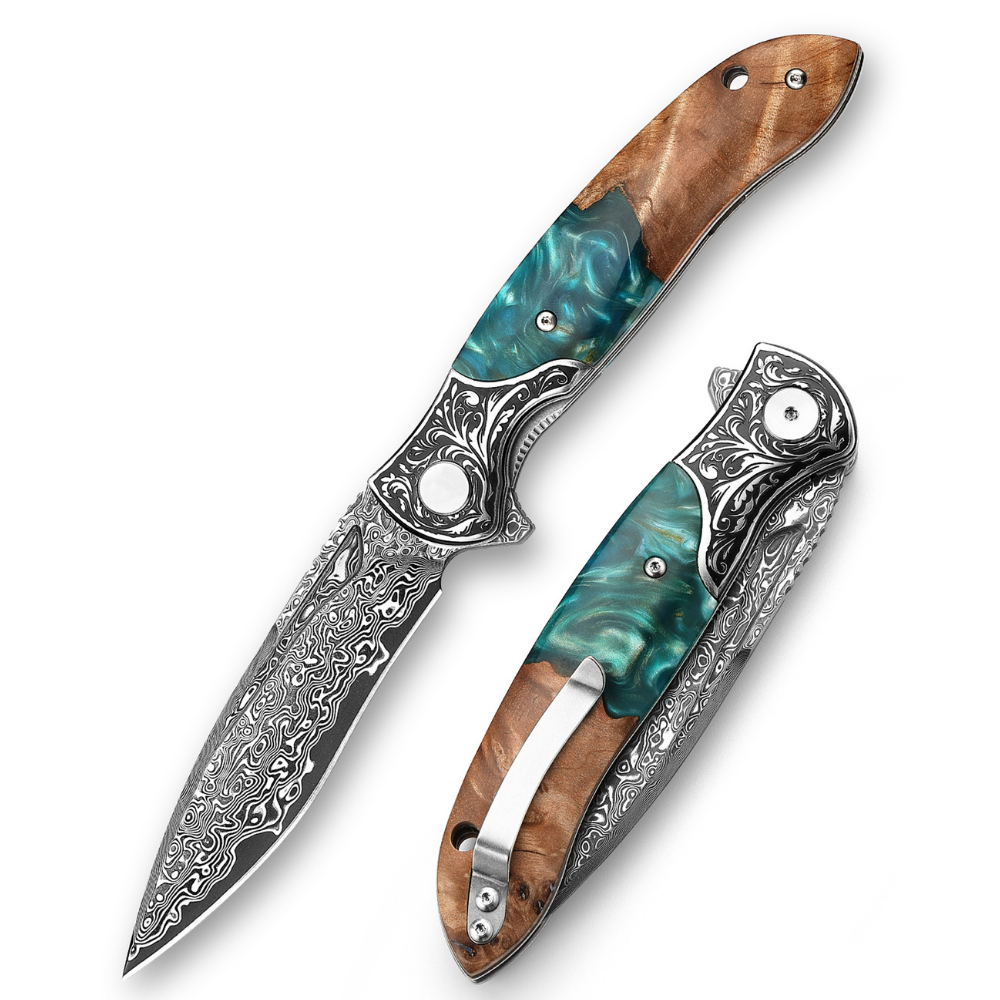
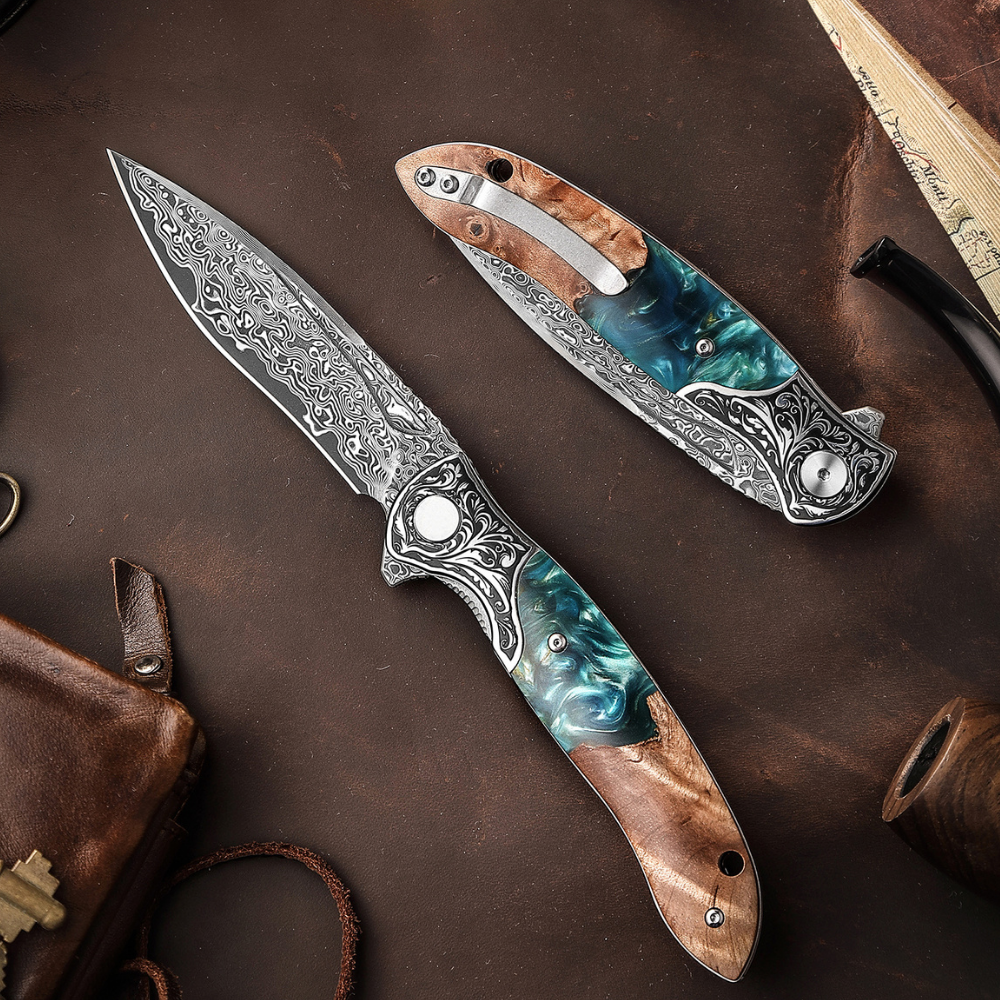
Leave a comment